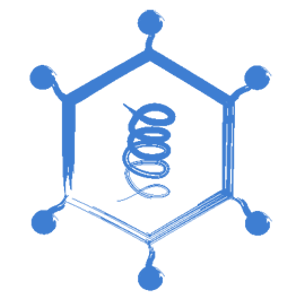Difference between revisions of "Category:Actinobacillus species"
Jump to navigation
Jump to search
| (15 intermediate revisions by 2 users not shown) | |||
| Line 1: | Line 1: | ||
| − | == | + | {{frontpage |
| + | |pagetitle =Actinobacillus species | ||
| + | |pagebody = Actinobacillus organisms are mainly pathogens of farm animals and commensals of the mucosa of upper respiratory tract and oral cavity. They cannot survive for long in the environment, so carrier animals are important in their transmission. Actinobacillus organisms are small Gram negative coccobacilli that are oxidase negative, non-motile facultative anaerobes that ferment carbohydrates to produce acid. They do not grow on MacConkey Agar. | ||
| − | + | Clinically, they cause [[Granulomatous Inflammation|granulomatous inflammation]]. | |
| − | + | |contenttitle =Content | |
| − | + | |contentbody =<big><b> | |
| − | + | <categorytree mode=pages>Actinobacillus species</categorytree> | |
| + | </b></big> | ||
| + | |logo =bugs-logo copy.png | ||
| + | }} | ||
| − | + | [[Category:Bacterial Organisms]] | |
| − | + | [[Category:Gram negative bacteria]] | |
| − | + | [[Category:Coccobacilli]] | |
| − | |||
| − | |||
| − | |||
| − | |||
| − | |||
| − | |||
| − | |||
| − | |||
| − | |||
| − | |||
| − | |||
| − | |||
| − | |||
| − | |||
| − | |||
| − | |||
| − | |||
| − | |||
| − | |||
| − | |||
| − | |||
| − | |||
| − | |||
| − | |||
| − | |||
| − | |||
| − | |||
| − | |||
| − | |||
| − | |||
| − | |||
| − | |||
| − | |||
| − | |||
| − | |||
| − | |||
| − | |||
| − | |||
| − | |||
| − | |||
| − | |||
| − | |||
| − | |||
| − | |||
| − | |||
| − | |||
| − | |||
| − | |||
| − | |||
| − | |||
| − | |||
| − | |||
| − | |||
| − | [[Category: | ||
Latest revision as of 18:44, 1 November 2010
Actinobacillus species
Actinobacillus organisms are mainly pathogens of farm animals and commensals of the mucosa of upper respiratory tract and oral cavity. They cannot survive for long in the environment, so carrier animals are important in their transmission. Actinobacillus organisms are small Gram negative coccobacilli that are oxidase negative, non-motile facultative anaerobes that ferment carbohydrates to produce acid. They do not grow on MacConkey Agar. Clinically, they cause granulomatous inflammation.
Pages in category "Actinobacillus species"
The following 6 pages are in this category, out of 6 total.
